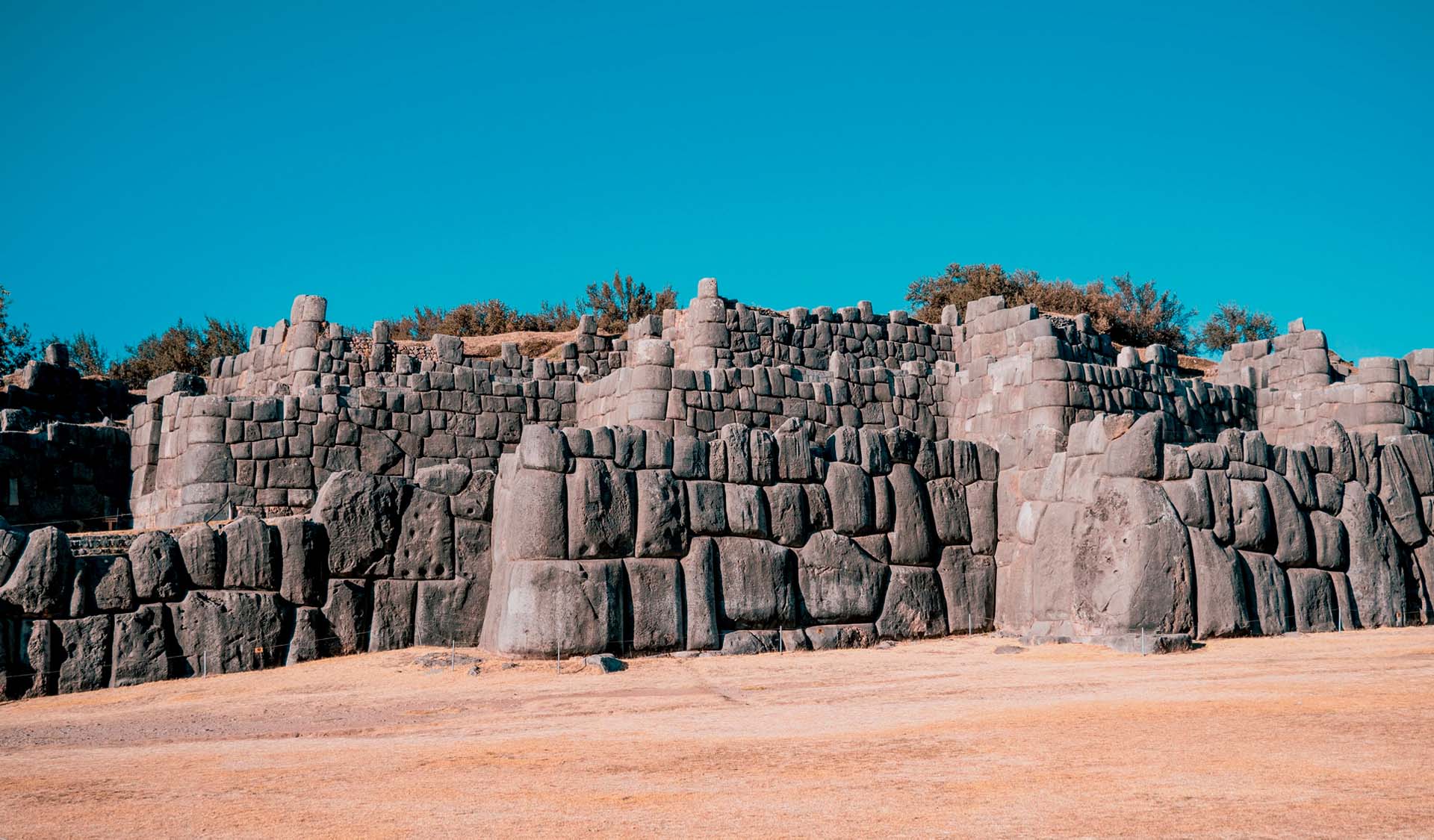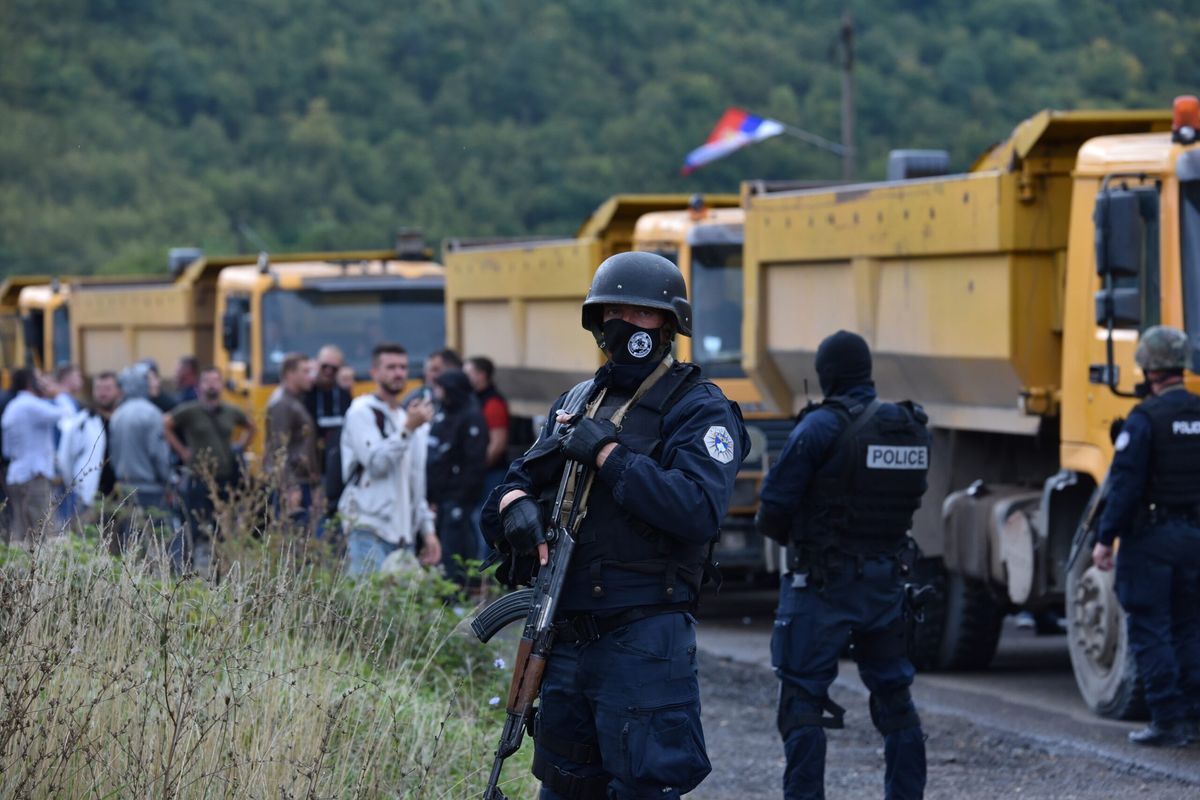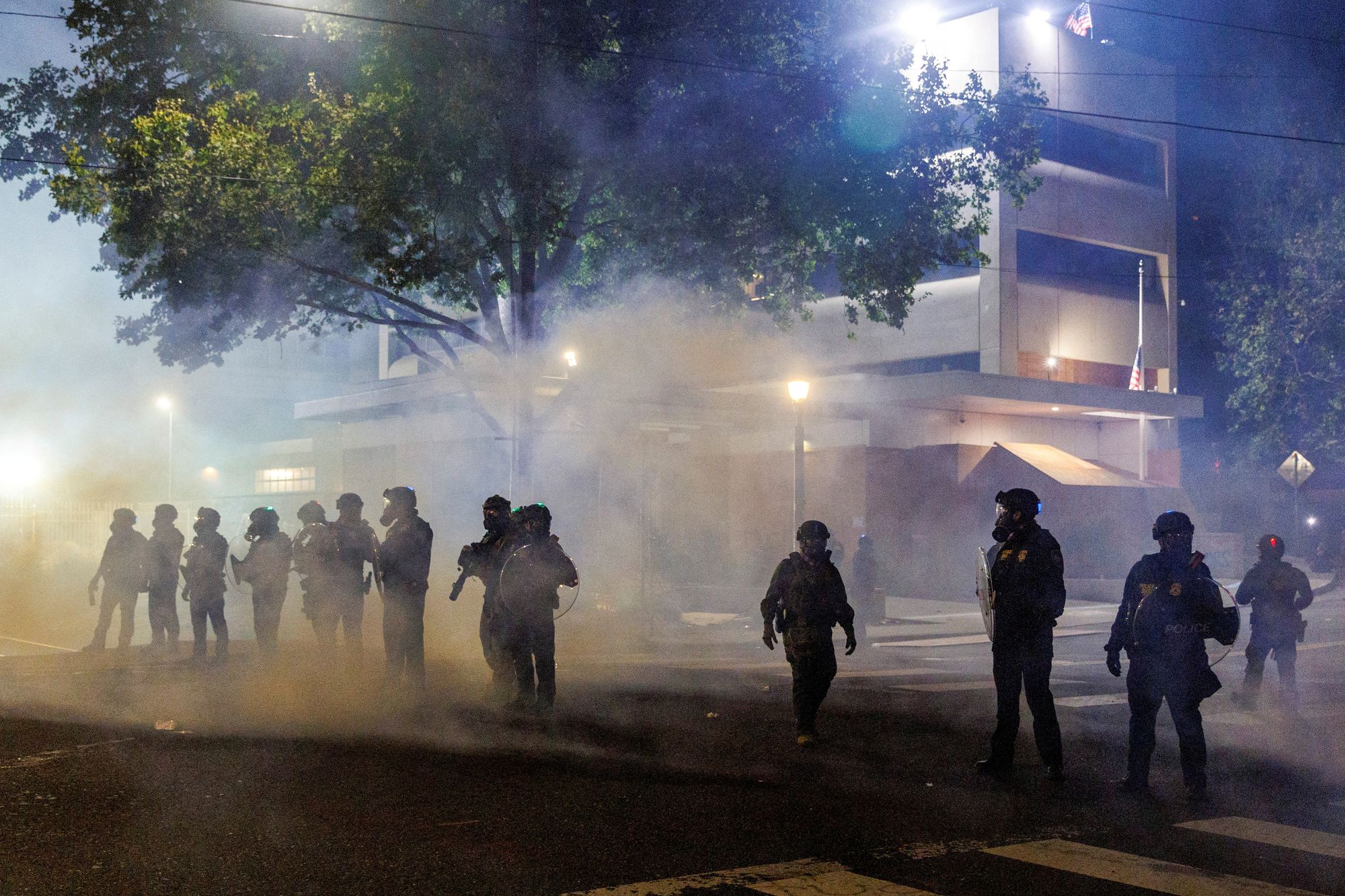Archaeologists have found the ruins of a ceremonial building that may alter our understanding of the cultural origins of the Andes. This find, thought to precede the rise of the Inca Empire by hundreds of years, has generated enthusiasm among scientists who propose that it might offer knowledge about the spiritual practices, societal organization, and construction achievements of a long-lost civilization.
The temple, which is partially preserved despite the passage of time, is situated in a region long regarded as a cradle of early Andean societies. Initial findings suggest that the structure served as a significant ceremonial center rather than a common dwelling. Its design, construction techniques, and orientation indicate a deep understanding of both engineering and cosmology, pointing to a society that valued ritual and symbolism.
One of the most fascinating aspects of the discovery is the material evidence left behind. Fragments of tools, ceremonial objects, and decorative elements hint at a culture with a sophisticated sense of artistry and belief systems. These remnants are being analyzed to determine their origin and purpose, which could reveal the cultural exchange and trade networks that existed before the dominance of the Inca civilization.
The timeline of this society is still being determined, but preliminary studies suggest that it flourished during a period when other great cultures were emerging in different parts of the world. If this dating proves accurate, it would push back the history of organized communities in the Andes by several centuries, challenging existing narratives about the region’s development.
Researchers believe that the temple was likely used for complex ceremonies involving offerings, music, and possibly astronomical observations. The alignment of certain architectural features with solar events suggests that this society had advanced knowledge of seasonal cycles, which would have been essential for agriculture and societal organization.
What is especially fascinating about this finding is its possible link to subsequent civilizations. The Inca Empire, renowned for its advanced infrastructure and organizational frameworks, did not develop independently. Numerous researchers propose that it was established upon the cultural groundwork of preceding communities, and this temple might offer concrete proof of that progression.
Additional digs are anticipated to uncover more information regarding the everyday life and administration of this ancient society. Gaining insight into how these individuals lived, their beliefs, and their interaction with the environment might illuminate the developmental journey that resulted in one of the greatest empires in pre-Columbian America.
The structure’s location also adds to its significance. Positioned strategically within the Andean highlands, it may have served as a hub for cultural and religious gatherings, attracting people from surrounding regions. Such a role would imply a level of political or spiritual authority, which could redefine how early Andean societies are perceived in terms of organization and influence.
As the dig progresses, the research group encounters the challenge of safeguarding fragile relics and structural components that have weathered centuries of exposure. This task involves careful recording and utilizing contemporary preservation methods to guarantee that future generations can learn from and admire this historical artifact.
The implications of this discovery extend beyond archaeology. It invites a broader conversation about how societies rise, adapt, and sometimes vanish, leaving only traces for future generations to interpret. Every artifact and architectural detail recovered from the site serves as a silent testimony to human ingenuity, resilience, and the universal quest for meaning.
If the findings confirm the early origin of this temple and its associated culture, it could transform the understanding of pre-Inca civilizations and their contributions to Andean heritage. For now, the site stands as both a mystery and a promise—a reminder that history is never fully written and that the earth still holds countless secrets waiting to be unearthed.




